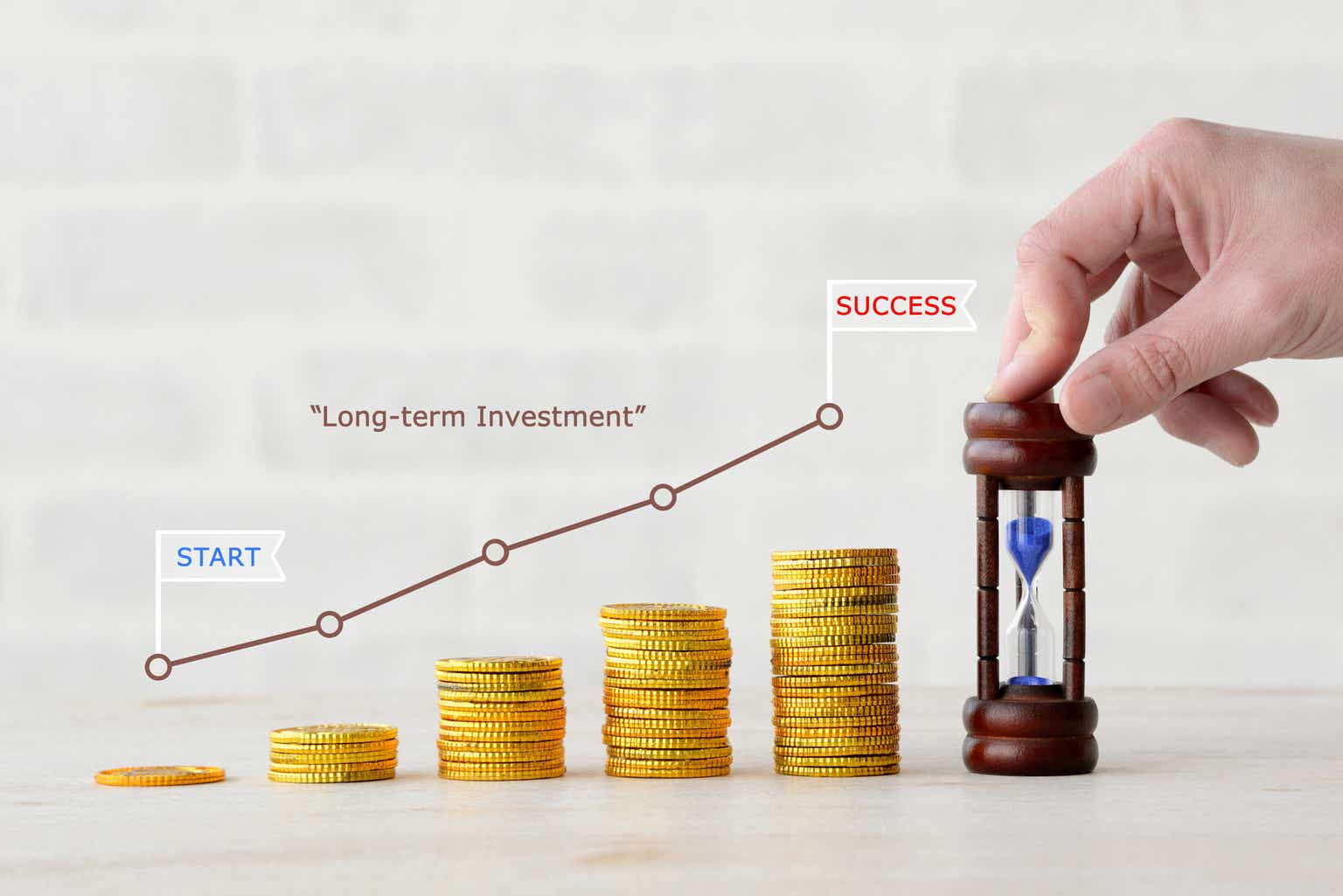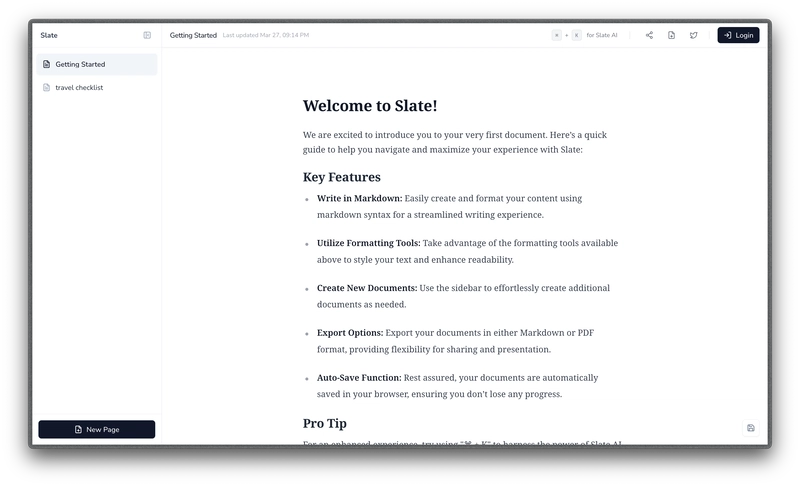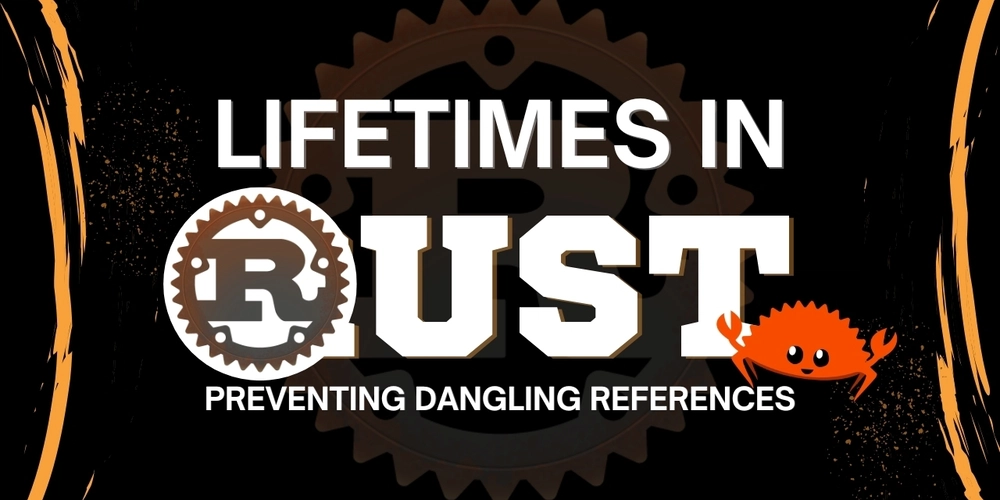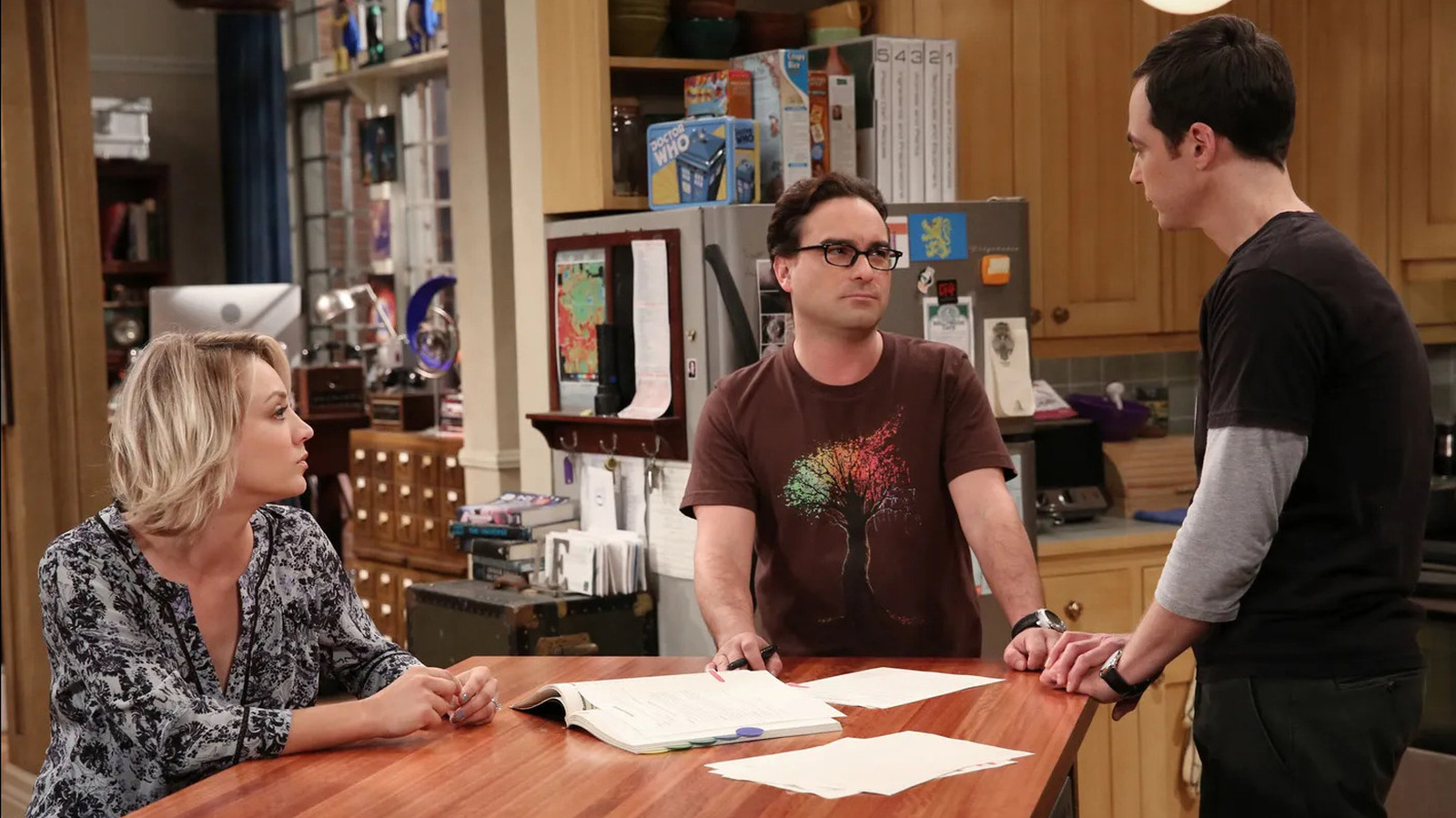How to reduce capital gains tax with RRSP contributions
RRSP contributions can reduce capital gains tax. How does that work, and when might a different tax strategy be a better option? The post How to reduce capital gains tax with RRSP contributions appeared first on MoneySense.

Ask MoneySense
If I have the RRSP room and put any capital gains earned into an RRSP, would I pay tax on that before I put it into an RRSP or would the RRSP delay the tax until I withdraw it?
—Leslie
When you sell an investment that isn’t tax-sheltered for a profit, you must report a capital gain on your tax return. But there are a few options to reduce the tax owed, which we will look at below.
Reducing capital gains with capital losses
If you have capital losses from the current year, or capital losses from previous years that you have not yet deducted, you can claim those unused losses to reduce a capital gain from the current tax year. Capital losses carry forward indefinitely, with no expiration.
You can also strategically trigger capital losses by selling investments at a loss before year-end—a strategy known as tax-loss selling.
Can RRSP contributions reduce capital gains tax?
A contribution to your registered retirement savings plan (RRSP) may help to reduce the potential tax payable as well, Leslie.
When you contribute to an RRSP, you can claim a deduction against your income to the extent that you have available RRSP room. RRSP deductions reduce your taxable income, upon which income tax is calculated. So, to answer your question, Leslie, an RRSP contribution can reduce the tax payable on your capital gain.
However, if your income is relatively low, you may not pay any tax on a capital gain. In Canada, there’s a basic personal amount of $16,129 federally and between $8,744 and $22,323 provincially that makes income below these levels tax-free. Other tax deductions and credits may also reduce tax on a capital gain. The point is that a low-income taxpayer with a capital gain may not pay tax anyway.
Selling assets? Read our capital gains guide
When do RRSP contributions make sense?
As a result, RRSP contributions generally make sense at higher income levels. In fact, the best strategy is to contribute to an RRSP in high-income years and withdraw the money in the future, generally in retirement, when you are in a lower tax bracket.
If your income for the tax year in question, including the capital gain, is lower than your projected future income, you could opt to pay the tax on the capital gain, Leslie. Likewise, if you anticipate a big increase in your income due to a future capital gain, you could decide to delay RRSP contributions until that future year.
Interestingly, you can even contribute to your RRSP and defer the deduction. You must report RRSP contributions in the year they are made (contributions made during the first 60 days of the year are reported on the previous year’s return), but you can elect to defer the deduction to a future year. If you can deduct the amount a year from now and save tax at, say, a 10% higher tax rate than in the current year, that’s a guaranteed 10% after-tax rate of return, which is compelling.
How are RRSP withdrawals taxed?
When you take RRSP withdrawals in the future, they are fully taxable as income. This makes sense, given that the deductions reduce taxable income dollar for dollar on the way into the account.
There are exceptions. For example, you can take a withdrawal under the Home Buyers’ Plan (HBP) for the purchase of an eligible first home or under the Lifelong Learning Plan (LLP) to pay for eligible post-secondary expenses. There’s also that basic personal amount mentioned above; it exempts a low-income taxpayer’s income from tax payable.
But generally speaking, an RRSP withdrawal is taxable in the future. So, keep this in mind as you use your RRSP contributions strategically today, Leslie.
So, are RRSP contributions your best option?
Capital gains are taxable in most instances, unless you sell an investment for a profit in a tax-advantaged account like an RRSP or a tax-free savings account (TFSA). Some sales of small businesses or fishing properties can be tax-free as well. Canada also has the principal residence exemption, which exempts a home that has served as your principal residence from capital gains tax. But your primary tools to reduce tax payable on capital gains are RRSP contributions and capital losses from the current year or carried forward from previous years.
RRSPs allow you to defer tax payable from the current year to a future year. Taxpayers should, however, use RRSP contributions primarily in higher-income years, with a view to withdrawing from the account at lower income levels in the future. So, be careful making RRSP contributions just to save tax. Sometimes, it’s OK to concede a little tax if it’s payable at a relatively low tax rate.
Get free MoneySense financial tips, news & advice in your inbox.
Read more about capital gains:
- Who pays tax on cash gifts in Canada?
- How is a non-registered account taxed upon death?
- Year-end tax and financial planning considerations
- Tax due dates, credits and more: Your 2024 income tax return guide
The post How to reduce capital gains tax with RRSP contributions appeared first on MoneySense.










![[FREE EBOOKS] The Ultimate Linux Shell Scripting Guide, Artificial Intelligence for Cybersecurity & Four More Best Selling Titles](https://www.javacodegeeks.com/wp-content/uploads/2012/12/jcg-logo.jpg)






























































